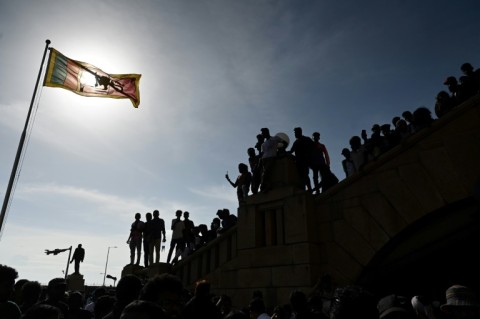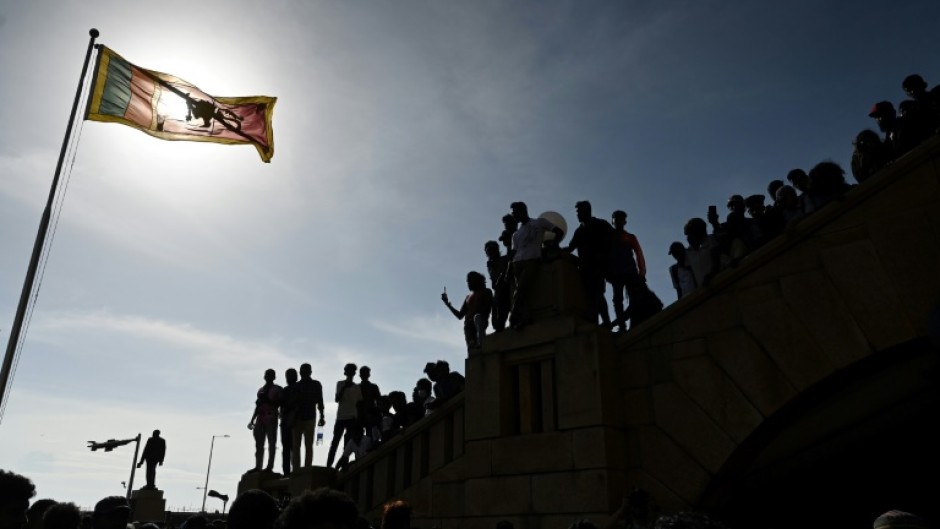
COLOMBO - Sri Lanka's central bank on Thursday unveiled a far-reaching domestic debt restructuring plan aimed at restoring stability after an economic and political crisis last year that led to the toppling of then-president Gotabaya Rajapaksa.
The move comes as Colombo tries to meet conditions as part of a $2.9-billion International Monetary Fund bailout agreed in March and which is crucial to the country's recovery.
The bank envisions a 30 percent haircut on dollar-denominated bonds, including international sovereign notes.
Sri Lanka defaulted on its $46-billion foreign debt in April last year after running out of foreign exchange to finance even the most essential food, fuel and medicines.
Months of protest over economic mismanagement led to the ouster of Rajapaksa in July last year.
His successor, six-times prime minister Ranil Wickremesinghe, has cracked down on protests, raised prices, scrapped subsidies and doubled taxes to stabilise the economy.
The bank said ISB holders can opt to accept a 30 percent reduction in their capital in exchange for getting the rest of their money back in six years at a 4.0 percent interest rate. The same terms were offered to Sri Lankan nationals holding dollar bonds.
The treatment of dollar-denominated Sri Lanka Development Bonds (SLDB) will be "comparable to external creditors", the bank said in a statement.
If the SLDB holder does not agree to a reduction of the capital, the tenure of the bond will be extended to 15 years with interest payments of 1.5 percent paid after nine years.
The third option is to exchange the dollar bonds for rupee securities, which will mature in 10 years and attract a floating interest rate of 1.0 percentage point above the central bank's policy rate.
The government has not specifically spelt out a scheme for foreign creditors, but made it clear that terms offered to local dollar bond holders will be the same as what will be offered to ISB holders.

